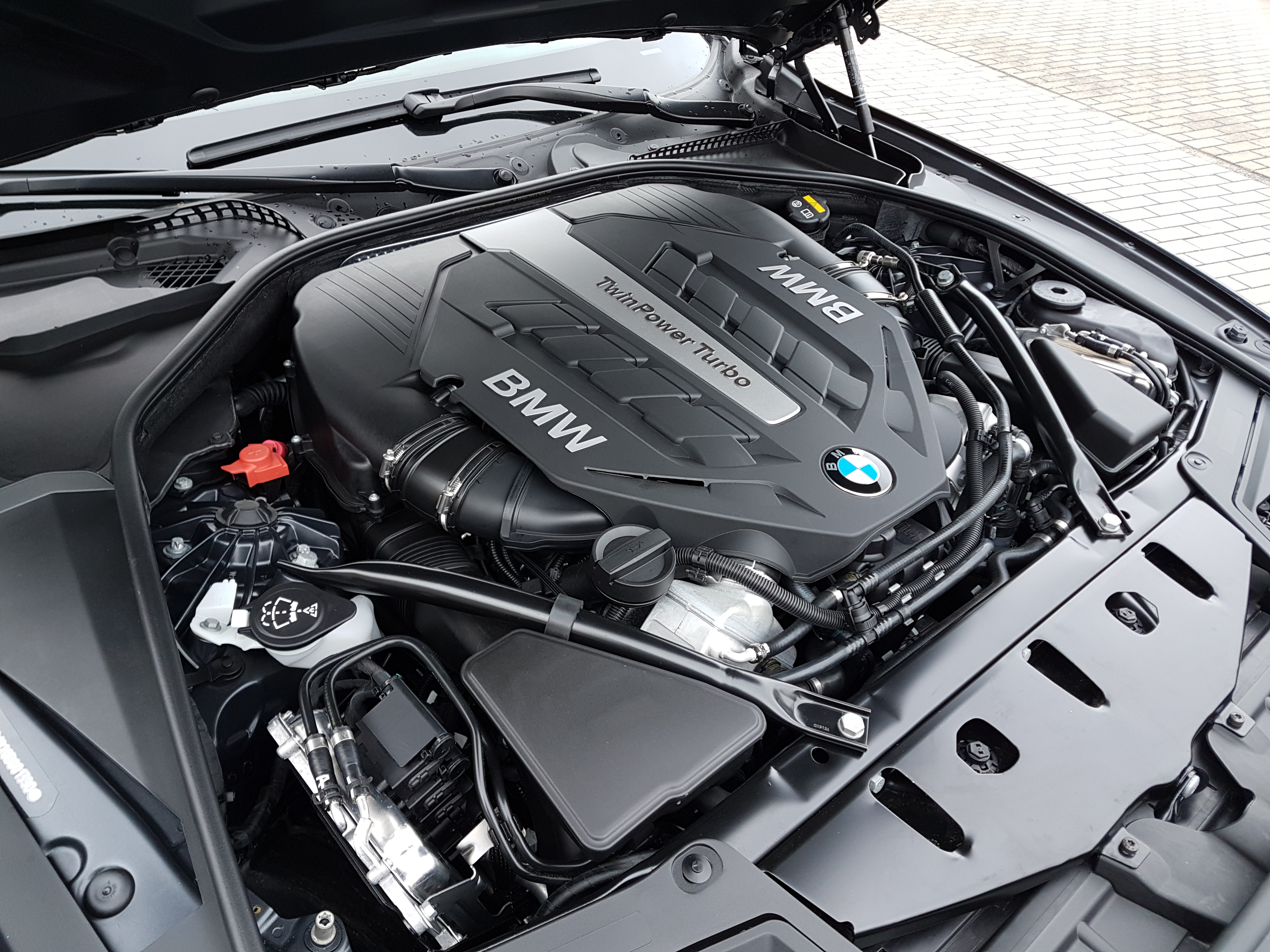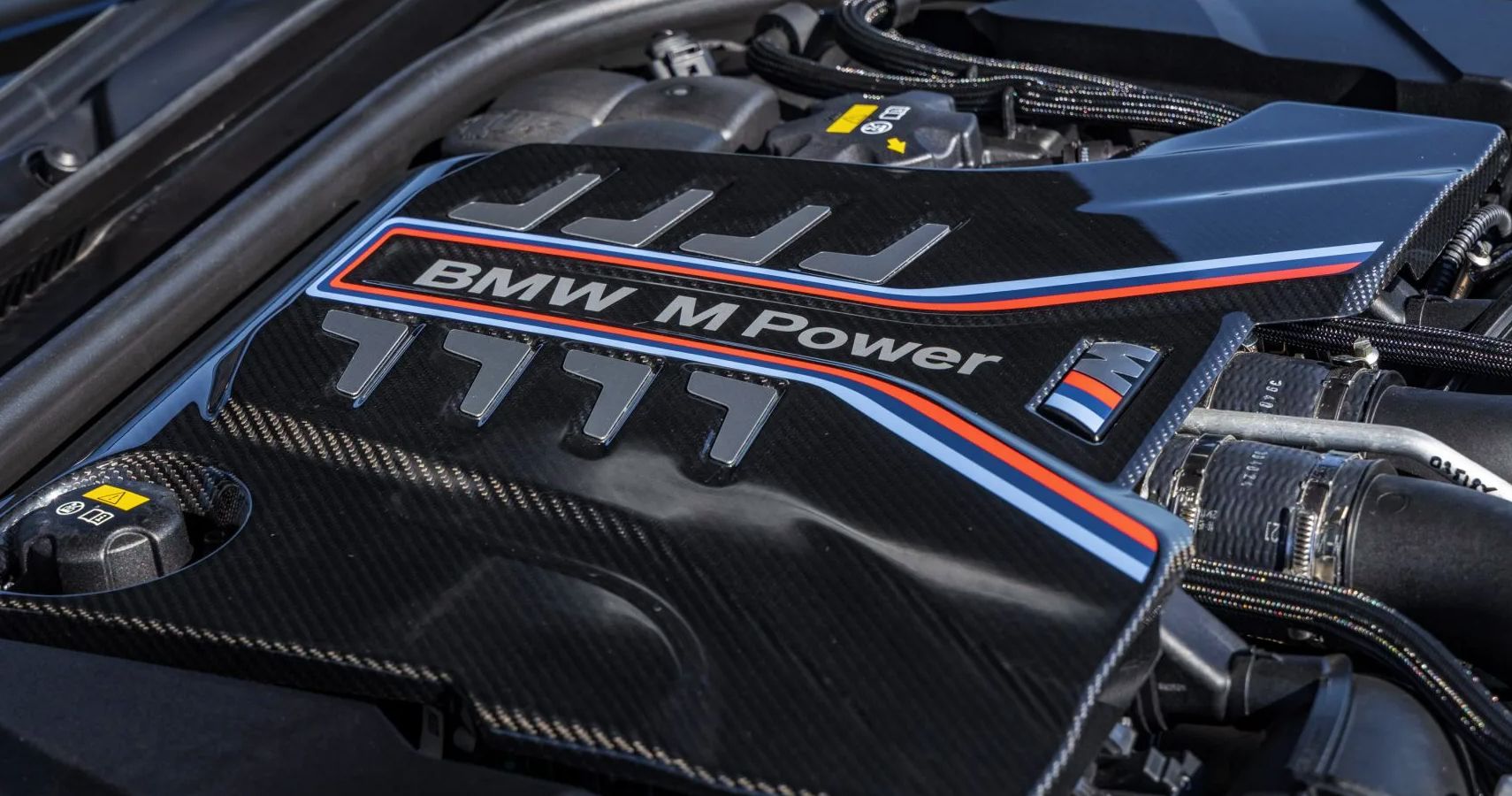Leading 5 BMW Engine Technologies Transforming the Automotive Sector
Leading 5 BMW Engine Technologies Transforming the Automotive Sector
Blog Article
Discovering the Evolution of Combustion Engines in Modern Transportation Solutions
As we navigate the landscape of modern transportation, the evolution of combustion engines stands as a testament to human ingenuity and design expertise. From their humble starts to the advanced powerhouses pushing vehicles today, combustion engines have gone through a remarkable trip of advancement and adaptation. Comprehending the intricacies of this evolution not just drops light on the past however also leads the way for envisioning what lies ahead in the world of transportation modern technology. The interplay of background, modern technology, and environmental worries in forming the trajectory of burning engines produces a narrative that is both engaging and informative.
Very Early Beginnings of Combustion Engines
Exactly how did the concept of burning engines first emerge in the very early phases of transport development? The origins of combustion engines can be traced back to the 17th century when the concepts of inner burning were very first discovered. In 1673, Christian Huygens conceived a standard interior combustion engine that made use of gunpowder to create power. However, it wasn't until the late 19th century that sensible applications of burning engines in transportation started to arise.
The innovation minute came with the invention of the first effective gasoline-powered engine by Karl Benz in 1885 - bmw engine. This engine led the way for the advancement of the modern auto, changing transport systems worldwide. Succeeding innovations by Nikolaus Otto and Gottlieb Daimler further refined burning engine innovation, leading to the mass manufacturing of automobiles and the fast development of the transport market
These early combustion engines were characterized by their simpleness and effectiveness, laying the foundation for the facility and effective engines made use of in contemporary transport systems. The advancement of burning engines has been critical in forming the method we travel and carry products, marking a considerable turning point in the history of transportation advancement.
Shift to Internal Combustion Technology
The change to inner burning innovation marked a critical shift in the evolution of transportation systems. This shift started in the late 19th century, with developers like Nikolaus Otto and Gottlieb Daimler creating the very first successful internal combustion engines. These engines revolutionized transport by supplying a more powerful and reliable alternative to steam engines and electric motors.
Among the essential advantages of inner combustion engines was their capacity to be scaled down to fit into lorries, causing the advancement of automobiles and bikes. This shift from bulky, stationary engines to portable, mobile ones paved the means for the contemporary transportation systems we see today.
The change to internal burning innovation also stimulated innovations in fuel innovation, causing the growth of gas and diesel as key gas sources for lorries. This shift not just made transport extra easily accessible to the masses yet also laid the structure for the oil and gas market to end up being essential to worldwide economic situations.
Effect of Combustion Engines on Transportation
The fostering of burning engines in transportation systems catalyzed an extensive change in the effectiveness and rate of global wheelchair. Burning engines transformed transport by providing a trustworthy and flexible resource of power for various vehicles, including automobiles, ships, vehicles, and planes. This development significantly enhanced the capability for individuals and goods to conform long ranges in shorter amount of time, leading to boosted connection between best site areas and countries.
Moreover, the extensive use of combustion engines has had a substantial effect on financial advancement. The capability to transport goods efficiently has actually spurred profession and commerce, permitting companies to expand their markets and get to customers worldwide. This has promoted economic growth and globalization, as products can now be delivered much faster and in larger quantities than in the past.
However, the ecological influence of burning engines can not be ignored. The combustion of fossil fuels has brought about air contamination and greenhouse gas emissions, adding to environment change and posing wellness dangers to populations. bmw engine. Consequently, there is an expanding emphasis on developing different propulsion modern technologies to alleviate these negative results and produce a more lasting future for transportation
Developments in Burning Engine Layout
Various advancements in burning engine design have actually driven the evolution of transport systems over the decades. One notable advancement is the development of turbocharged engines, which make use of exhaust gases to drive a wind turbine that compresses inbound air, allowing for even more fuel to be scorched, resulting in raised power output without a substantial increase in engine dimension. Additionally, straight injection modern technology has boosted fuel effectiveness and efficiency by exactly regulating the amount and timing of gas injected right into the combustion chamber. Variable shutoff timing systems have actually also reinvented engine design by enhancing airflow at different engine rates, improving both power and performance. An additional considerable advancement is the combination of lightweight products such as carbon fiber and light weight aluminum alloys, minimizing overall engine weight and enhancing lorry fuel economic situation. Additionally, innovations in computer-aided design have actually allowed engineers to maximize engine performance and effectiveness with simulations prior to physical models are built, saving time and resources in the advancement process. These innovations collectively add to the continuous improvement of combustion engines in modern transportation systems.
Future Trends in Burning Engine Growth
With modern technology improvements driving constant development, the future of burning engine great site growth is positioned to change transport systems worldwide. One of the vital patterns in combustion engine growth is the press towards better effectiveness and reduced exhausts. Makers are investing greatly in study and advancement to boost engine performance while meeting see this here rigorous environmental regulations. This consists of the integration of innovative fuel shot systems, enhanced turbocharging methods, and using lightweight materials to maximize fuel intake and decrease carbon exhausts.
An additional prominent pattern is the fostering of crossbreed modern technologies in burning engines. Crossbreed engines incorporate traditional combustion modern technology with electrical power, supplying improved fuel efficiency and lower emissions. As the automotive industry shifts towards electrification, hybrid combustion engines are viewed as a transitional service that links the void between conventional automobiles and totally electrical ones.
Furthermore, the combination of wise modern technologies, such as expert system and information analytics, is anticipated to play a significant duty in the future of burning engine advancement. These innovations can optimize engine performance in real-time, bring about extra effective combustion processes and enhanced overall lorry efficiency. Accepting these future trends will certainly not just drive advancement in combustion engine development but also add to a more lasting and environmentally friendly transportation environment.

Verdict
In conclusion, the evolution of burning engines in modern-day transport systems has actually been noted by substantial advancements in technology and layout. From the early beginnings of burning engines to the change to internal combustion modern technology, these engines have actually had an extensive impact on transportation.
The roots of combustion engines can be traced back to the 17th century when the concepts of inner combustion were very first explored. These engines revolutionized transport by using a more reliable and effective option to steam engines and electrical motors.

Report this page